Chinese 麻辣 Wade–Giles ma-la Traditional Chinese 麻辣醬 | Hanyu Pinyin Jyutping maa4 laat6 Simplified Chinese 麻辣酱 | |
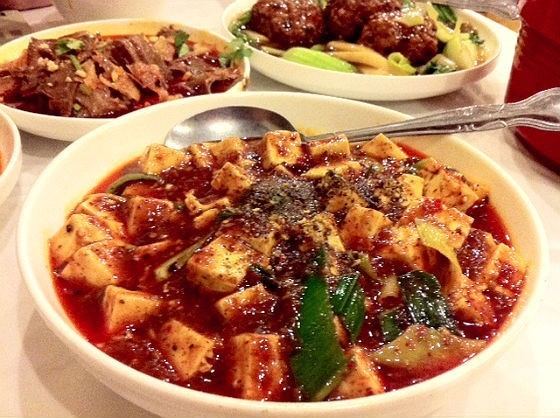 | ||
Similar Sichuan pepper, Malatang, Hot pot, Chili oil, Mapo doufu | ||
Mala tang brand video production by lemonlight media
Mala sauce is a popular oily, spicy, and numbing Chinese sauce which consists of Sichuanese peppercorn, chili pepper and various spices simmered with oil.
Contents
- Mala tang brand video production by lemonlight media
- Etymology
- History
- Ingredients
- Dishes
- Popular culture
- References
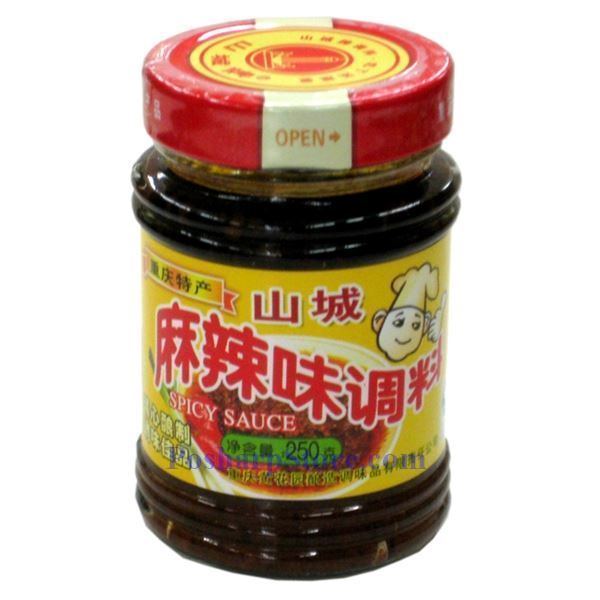
Regarded as a regional dish for Chongqing cuisine and Sichuan cuisine, it has become one of the most popular sauces in Chinese cuisine and spawned many regional variants.
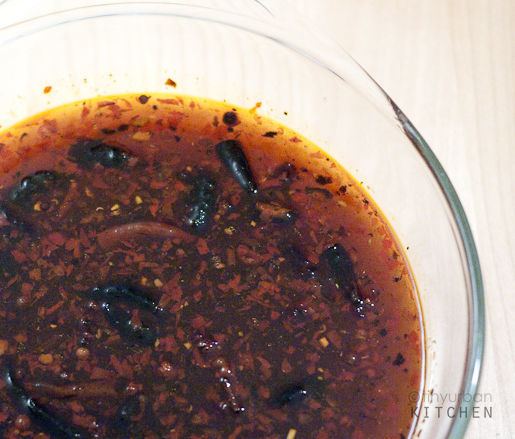
Etymology
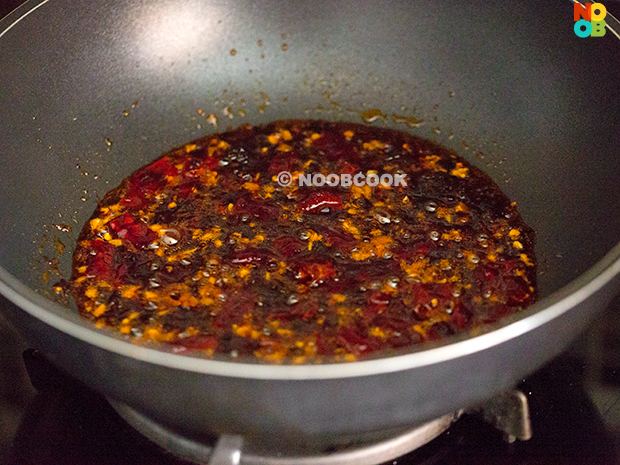
The term málà is a combination of two Chinese characters: "numbing" (麻) and "spicy (hot)" (辣), referring to the feeling in the mouth after eating the sauce.
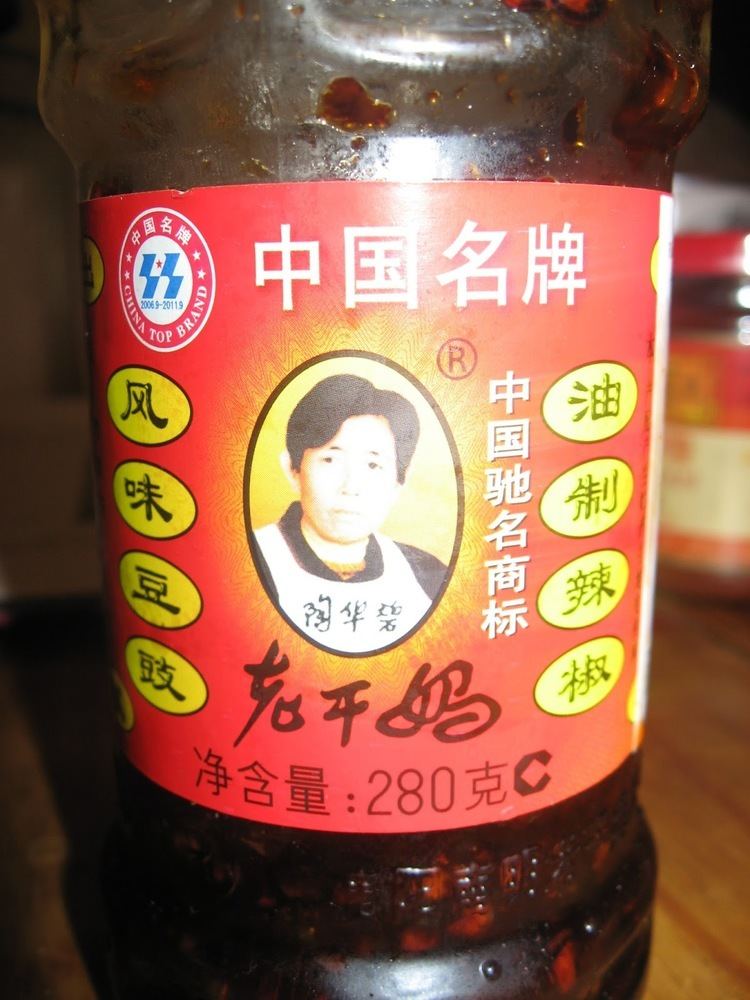
The numbness is caused by Sichuan pepper, which contains 3% hydroxy-alpha-sanshool. The recipe often uses dried red peppers that are less spicy than bird's eye chili, which is widely used in Southeast Asian cuisines.
History
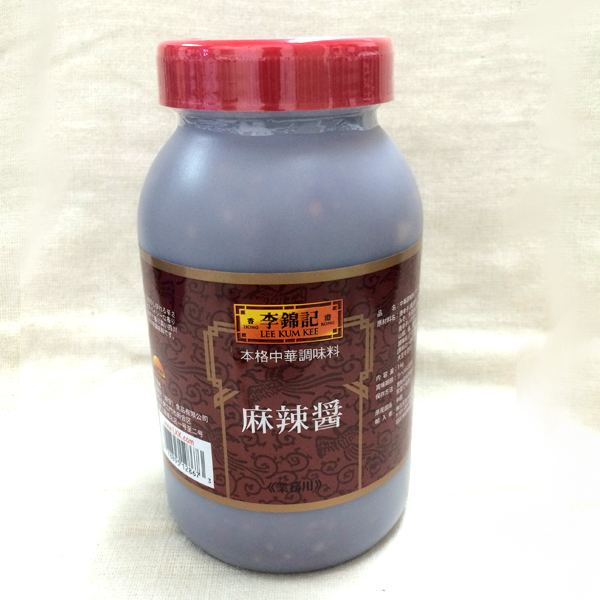
The precise origins of the dish are unclear, but many sources attribute its development to night markets in Chongqing that targeted pier workers in the 19th to 20th century. The strong flavour and thick layer of oil helps preserve foods and removes the unpopular smells of the cheap foods, such as solidified blood, beef stomach and kidney, which were usually served to pier workers.
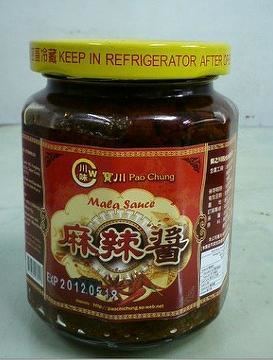
Despite the strong flavour by itself, various dipping sauces are often served to make the texture of cooked meat smooth and oily, and the tastes more complicated. Common sauces include sesame oil with garlic, oyster oil, or doufu ru.
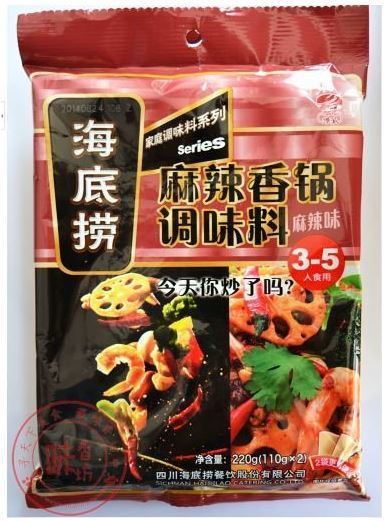
The sauce is used in a variety of ways, from stir-fry, stews, and soup, to being used in hot pot or as a dipping sauce. In the Sichuan and Yunnan provinces mala powder (麻辣粉; pinyin: málàfĕn) is used on snacks and street foods, such as stinky tofu, fried potatoes, and barbecued meat and vegetables.
Ingredients
The sauce is made primarily of dried chili peppers, chili powder, douban paste, Sichuan peppercorns, clove, garlic, star anise, black cardamom, fennel, ginger, cinnamon, salt and sugar. These ingredients are simmered with beef tallow and vegetable oil for many hours, and packed into a jar. Other herbs and spices, such as sand ginger, Angelica dahurica and poppy seeds, can be added to create a unique flavour.
Traditionally, a restaurant hired a chef specializing in making this sauce; the recipes were kept secret to the chef himself. Today, prepared mala sauce can easily be found in supermarkets, and chain restaurants often produce their own sauce on a large scale, while many others still blend their own one. Like curry, there is a constant debate about the 'best' recipe and numerous variations are available on the market.
Dishes
Popular culture
The adjective málà is also used in Mandarin slang to mean 'sexy', 'wild' much like 'hot' in English. The Mandarin title of the animated series Kim Possible is Málà Nǚhái (麻辣女孩; literally 'numbing-hot girl').
